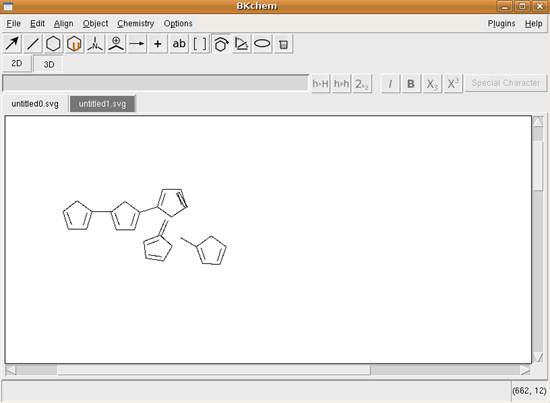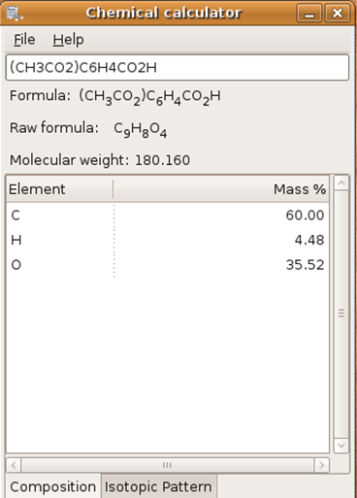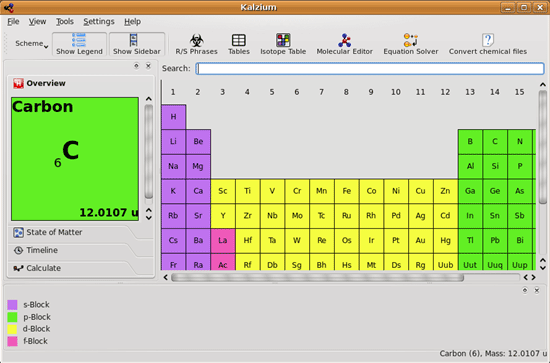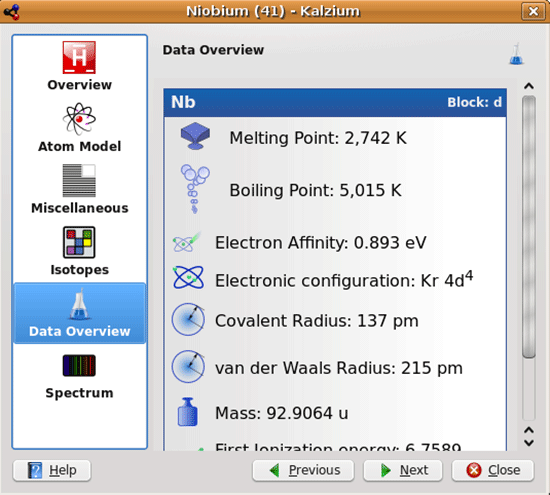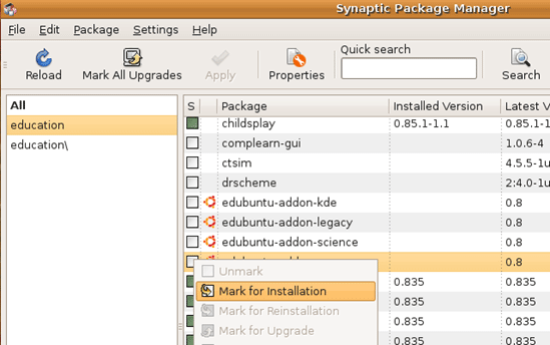An often overlooked aspect when compared with other more popular operating systems, Ubuntu enables students of various ages and topics to access a wealth of educational software. Of course, like all the software presented in the Synaptic Package Manager or Add/Remove Applications, these incredible useful tools are available for free and can be installed immediately from the Internet.
BKChem is a chemical drawing Ubuntu chemistry software that's packed with features. It supports, according to the developer team website: bond-by-bond drawing, bond length and angle restrictions to assist with the drawing, ready to use templates of common rings, the ability to expand common groups from abbreviated to structural form, support for linear formulas, radicals & charges, arrows (several types - normal, retro, equilibrium, etc.), rich text, color support, simple vector graphics (rectangles, circles, polygons etc.). Another nice touch is the automatic validity check of the drawings.
Editing is also a breeze with unlimited undo and redo capabilities, aligning, scaling, rotation (2D, 3D), aligning of molecules so that particular bond is horizontal/vertical, rotation of molecular fragments around bonds (conformation changes), definition of personal preferred drawing style (bond lengths, widths, colors).
You're not locked in if your school uses another software. BKChem has export capabilities for SVG (native data are transparently embedded into SVG file), OpenOffice Draw format, ODF (OpenOffice 2.0), Encapsulated PostScript, PDF, PNG, basic support for both CML1 and CML2, Molfiles and generation of SMILES.It can also import CML1 and CML2, Molfiles, SMILES (subset) and INChI (subset). BkChem is translated in English, French, Czech, Polish, German and Traditional Chinese translations.
Chemical Calculator or GChemCalc is another Ubuntu chemistry software app that's a simple chemical calculator for determining molecular weights of a formula and their respective percentages, all really fast and easy. There's not much to be said about it, except I use it all the time - simple is almost always better.
Kalzium provides you with all kinds of information about elements in the Periodic Table of the Elements. You can lookup information about the elements and also use visualizations to show them. It is free and licensed under the GNU Public License.
You can visualize the Periodic Table of the Elements by groups, blocks, and families. You can plot data for a range of elements for properties like the boiling point or the atomic mass and can go back in time and see what elements were known at a given data.
Kalzium is divided in a navigation panel on the left and the table view which shows the elements of the periodic table. The standard menu bar allows you to choose what you want to display and the status bar reports facts. You can hide the navigation panel by using the View->Show Sidebar menu.
When you move the mouse cursor on an element of the table, an overview of the current element in the Overview tab of the navigation panel will be displayed. You can choose several views for the table: display the elements per families, per groups, per crystal structure, depending on their acidic behavior, etc. You can change all that in the menu bar in the View->Scheme menu. If you want to know facts about a precise element, click on it in the table and the information dialog will be displayed.You can also calculate the molecular mass of molecules with the tool in its sidebar. You can enter linear formulas to calculate their weight.
You can install any of the Ubuntu chemistry software applications discussed in this article by searching for their name in the Synaptic Package Manager, checking the box on the left of its name and clicking "Apply Changes". To launch Synaptic, choose System > Administration > Synaptic Package Manager.
Most educational software is readily available for other distributions such as Fedora or SuSE, in their respective package managers, so try searching for the application name. We describe the installation process for Ubuntu because it's the most widely used of the bunch.
Another aspect worth noting are the custom made distributions, designed from the get-go to be used by students in an educational environment. We'll get into the details of this in the upcoming eBook, a handy guide for setting up your kids with a computer.
You might want to check out some other posts related to Linux, Ubuntu or education, here on MakeUseOf.


